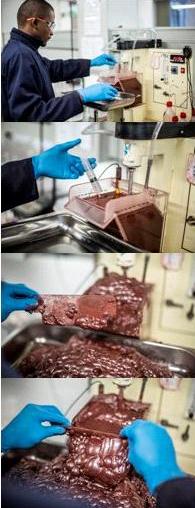Background

Froth flotation is the follow-on operation, after comminution and classification, in the process of liberating and separating minerals by exploiting the differences in physical properties of the different minerals that make up an ore.
Froth flotation is achieved when particles are separated based on their surface potential. Hydrophobic particles are recovered to the froth, whereas hydrophilic particles are discharged with the tailings stream. Some mineral particles are naturally hydrophobic, whereas others require specific reagent additions to change their surface potentials.
In the late 1970s and early 1980s there were approximately 25 pyrite flotation plants operating in South Africa. These were located in the gold mining areas where the slimes dams were retreated mainly to produce a concentrate for sulphuric acid production. The gold content was 0.5g/ton of which about 50% was recovered in the concentrate. Early work in the flotation group focused on a wide range of problems associated with these flotation plants.
Subsequently the focus widened to include research on:
- platinum group minerals of which South Africa is the world’s leading producer
- the depression of gangue minerals
- the role of interactions between reagents used in flotation; the development of robust kinetic models
- improving our understanding of the behaviour of the froth phase and on the effect of pulp variables on the froth phase
- understanding the interactions between a range of physical parameters such as air rate, bubble size, cell design, etc.
Objectives
The focus areas in flotation research at CMR are: flotation cell modelling, flotation circuit modelling and flotation chemistry.
